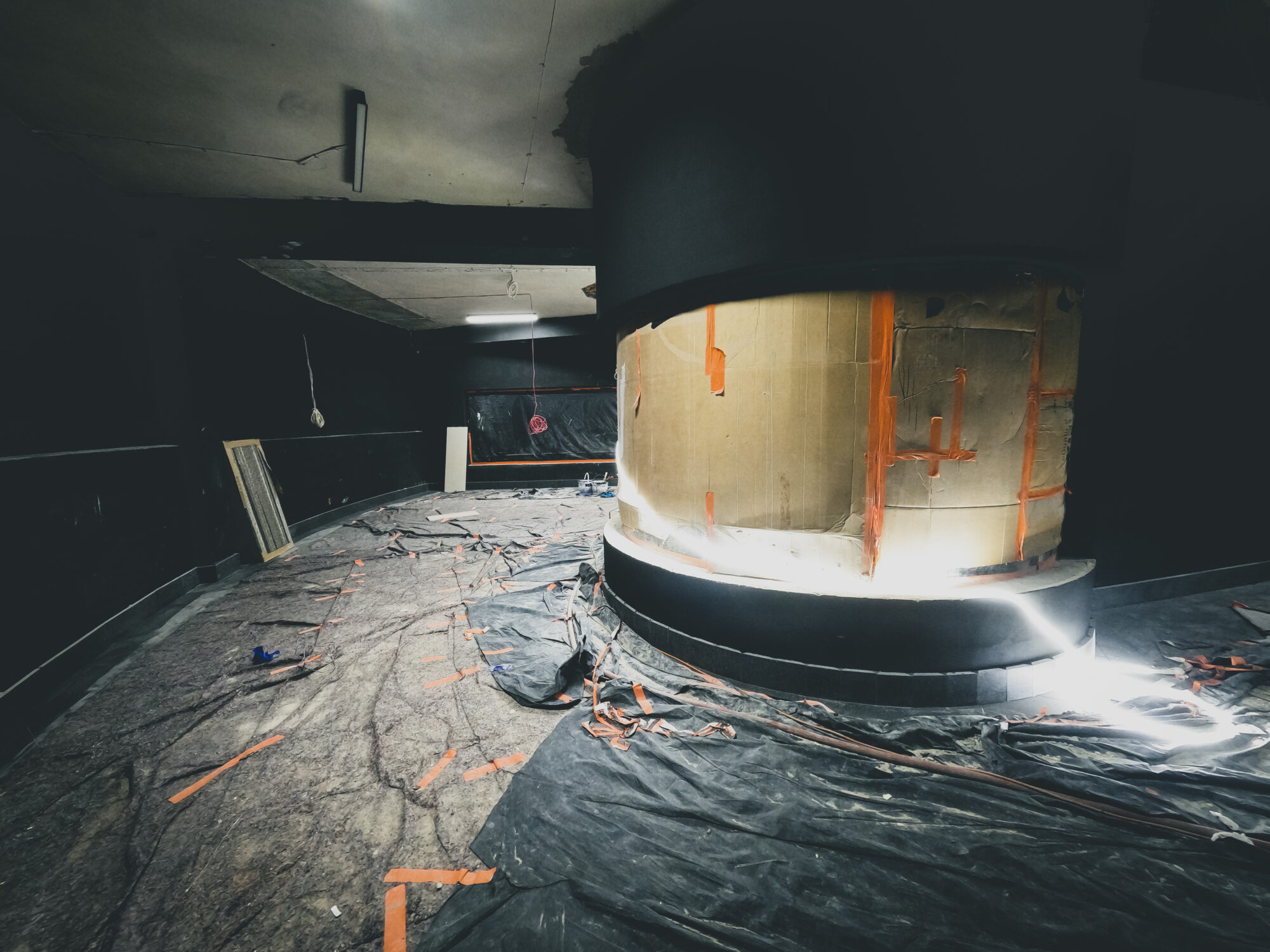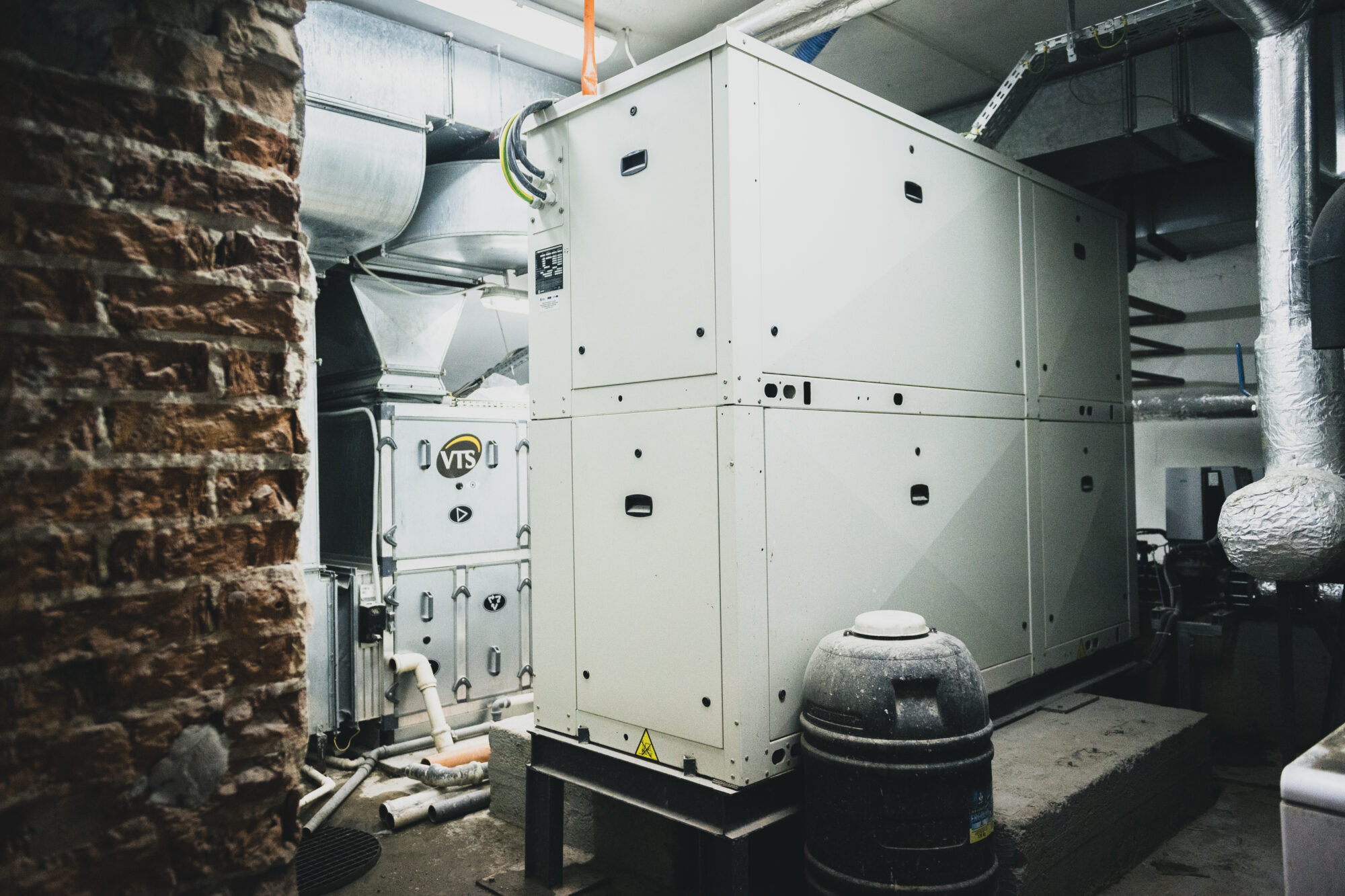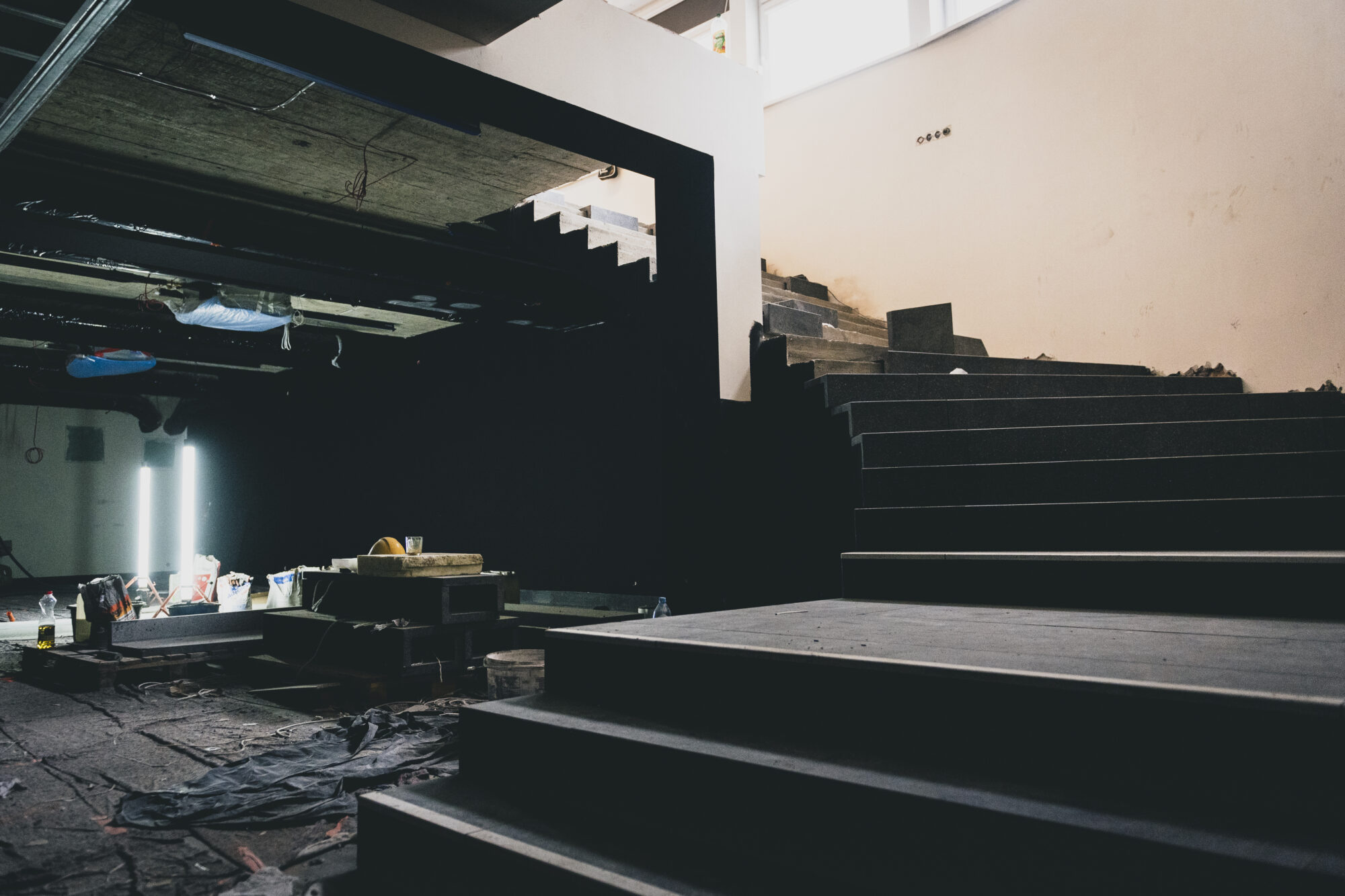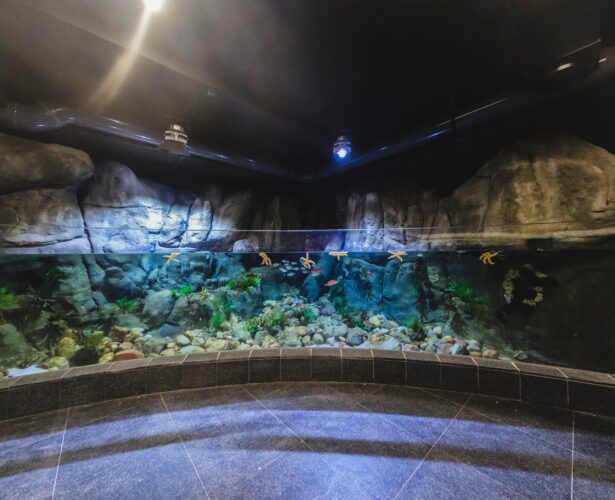Unusual species of jellyfish, unique crustaceans, and an exhibition built below sea level. We are opening the largest complex in Poland, presenting the environment of the seas of the cold northern hemisphere. Opening on April 20, 2024.
The construction works for the implementation of the new investment in the Gdynia Aquarium started in 2021. From the very beginning, it has been an extraordinary challenge, the effects of which will soon be observable. Over the course of 4 years, an exhibition was created at the Gdynia Aquarium, showcasing the fauna and flora of cold seas. This includes over 30 species of animals, three times the volume of water compared to all of our previous tanks combined, and new experiences for visitors.
Below the surface of the Baltic Sea
The expansion of the educational path for the new exhibition at the Gdynia Aquarium was a challenge from the very first day of construction work. The biggest challenge was the transformation of the existing basement into usable space. This required lowering the foundations and the basement floor, as well as building new column foundations that support the weight of the rotunda structure. Due to the creation of new space below sea level, the contractor had to build a structure resembling a bathtub around the new floor, aimed at protecting the building from water ingress into its interior. Thus, when visiting the “Cold Seas” exhibition, we literally move underwater!
450,000 liters more water!
The new exhibition consists of 12 tanks with a total volume of 450,000 liters! They are inhabited mainly by bony and cartilaginous fish, as well as crustaceans and a species of jellyfish unique to us, Chrysaora quinquecirrha, bred by our aquarists. Visitors will be able to admire the behavior of schooling fish, those that thrive in surf zone conditions, and those that hide in the sand. The entire exhibition presents the fauna of the cold part of the Atlantic Ocean, including the North Sea, the Danish Straits, and the Baltic Sea. Ultimately, up to 1300 new organisms will inhabit the new space.
Cold Seas – from the Atlantic to the Baltic
The new exhibition is designed to showcase the diversity of an environment that is not commonly considered as such. The dynamic, well-oxygenated, and fully salted waters of the northern Atlantic provide excellent conditions for the life of many species of animals and plants. This exhibition is an invitation to embark on a journey that leads from the open waters of the Atlantic Ocean to the nearly enclosed, least saline sea in the world – the Baltic Sea.
Each tank located along the tour route brings visitors closer to discovering a slice of the unique richness of the cold European seas.
The ocean and humanity are inseparably linked
The new exhibition is not only a place where the Atlantic meets the Baltic. It is also a space where guests of the Gdynia Aquarium will be able to learn about the relationships that connect the marine world with the world of humans. The global ocean provides about 50% of the oxygen we breathe, shapes the climate, influences the weather, and is a source of resources that help people live healthily.
The implementation of the project is possible thanks to the support of the Marshal’s Office of the Pomeranian Voivodeship within the framework of action 11.4 of the ROP Pomerania 2014-2020.
The project in numbers:
Total Value: 19,365,271.32 PLN
Eligible Expenditures: 15,424,777.46 PLN
Requested EU Funding: 11,035,612.10 PLN
EU Co-Financing Level [%]: 71.54%
Number of tanks – 12
Amount of water – 450 000 liters
The largest tank – 126 700 liters
The smallest tank– 2 300 liters
Completion date – 31.12.2023 r.
Exhibition opening date – 20.04.2024 r.
The project contractor was selected through the second tender procedure. The company 3JM Michał Bryłka won the tender.
What did the investment look like?
This is how our basement looked at the beginning of the investment works.



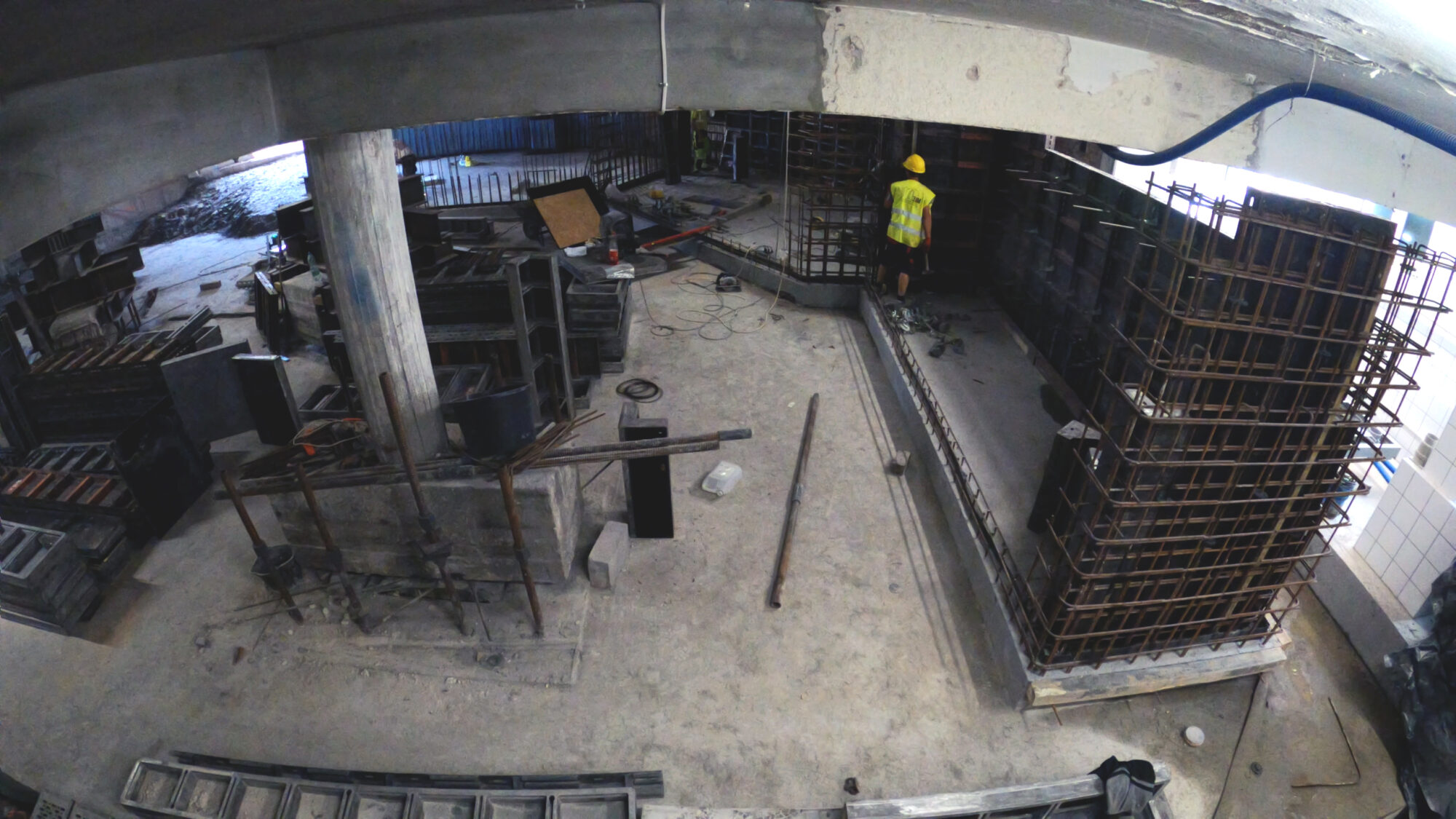
The arrangement of the exhibition space, in a place previously unprepared for tourists, required a series of construction works. These included:
- reinforcement of the existing building structure,
- lowering of the foundations and basement floor,
- construction of a staircase,
- installation of a new elevator and all necessary utilities.

